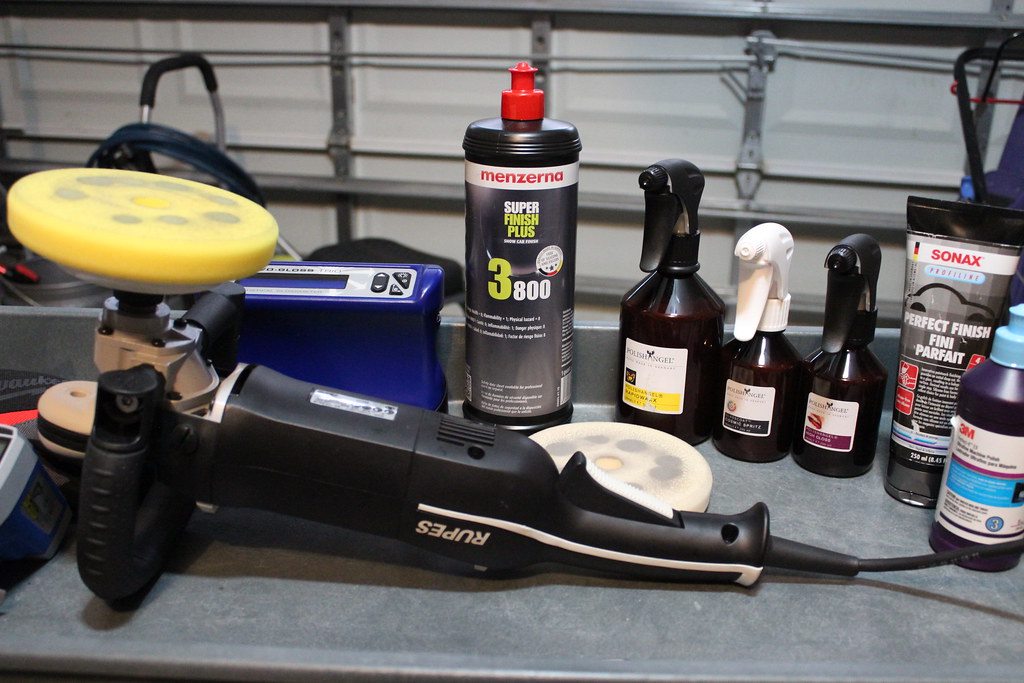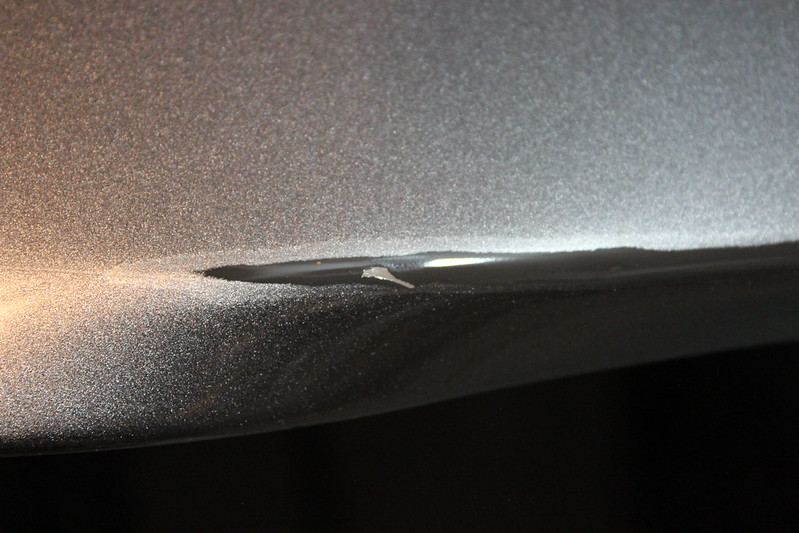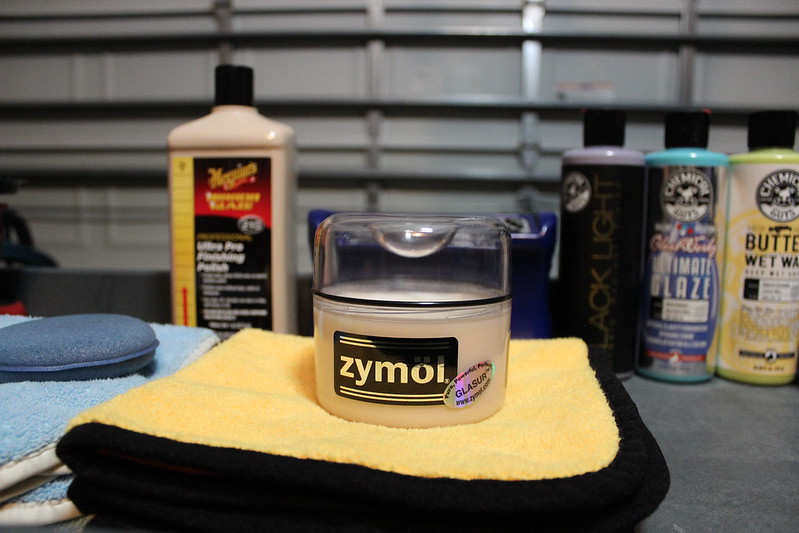Loach
New member
Bit of an update on the gloss testing, my main calibration tile used for the Novo-Gloss Trio took a fall off the edge of my cart and cracked in the corners a few weeks ago.

The readings were still coming out okay but I decided to do things proper and order a new calibration tile directly from Rhopoint, with an up to date certification, calibrated recently from their master standard tiles. This came in today:



Novo-Gloss Trio calibrated to the new tile:

Certification:

I also wanted to cross reference my Elcometer calibration tile for the 406L over to this brand new tile, so this shot is the 406L calibration from the Elcometer tile:

And in this shot I moved over to read the new calibration tile, in theory the readings should match the actual calibration listed at 89.0 for 20°, and 93.1 at 60°. The Elcometer 406L meter is reading perfect on the 60° angle, off a bit on the 20° angle. I`ve expected this a bit because any measurements at the 20° are very sensitive:

This is very good, this means that at least at the 60° measurement angle, my backup Elcometer 406L meter is completely within spec so I can accurately cross reference results on the spot. The old calibration tile which cracked, this was reading about 1GU too high compared to both the 406L tile and this brand new Novo-Gloss Trio tile. So all of the measurements moving forward will be slightly lower that what I`ve been recording previously, but the ranges and marginal difference between polishes should be the same. Again, these measurements are always taken relative to the readings that the calibration tiles are giving me.
Here`s the slightly concerning part, in theory the 20° angle should be the default measurement angle to pull readings from for the best resolution on paint that`s this highly polished. But my 20° readings have a high disparity, the ranges are much higher than the 60° angle, and it`s so incredibly sensitive to tilt bias which is impossible to control on these panels that aren`t flat. I brought these issues up in the main post, but I really want to reach out to other testers that have the newer Rhopoint models to see what they`re noticing when they measure at the 20° angle. The 60° angle is giving me great results, highly repeatable data points and I feel very comfortable I can use this angle to give a firm answer of which polishes have the ability on this panel to really pull more gloss out of it.
With the Novo-Gloss Trio calibrated to the new calibration tile, 3M Perfect-It EX Ultrafine just pulled a range of 95.6-96.2, this matched my measurements last week that I pulled from the Elcometer 406L. Expect more results to be posted moving forward using the updated calibration tile.

The readings were still coming out okay but I decided to do things proper and order a new calibration tile directly from Rhopoint, with an up to date certification, calibrated recently from their master standard tiles. This came in today:



Novo-Gloss Trio calibrated to the new tile:

Certification:

I also wanted to cross reference my Elcometer calibration tile for the 406L over to this brand new tile, so this shot is the 406L calibration from the Elcometer tile:

And in this shot I moved over to read the new calibration tile, in theory the readings should match the actual calibration listed at 89.0 for 20°, and 93.1 at 60°. The Elcometer 406L meter is reading perfect on the 60° angle, off a bit on the 20° angle. I`ve expected this a bit because any measurements at the 20° are very sensitive:

This is very good, this means that at least at the 60° measurement angle, my backup Elcometer 406L meter is completely within spec so I can accurately cross reference results on the spot. The old calibration tile which cracked, this was reading about 1GU too high compared to both the 406L tile and this brand new Novo-Gloss Trio tile. So all of the measurements moving forward will be slightly lower that what I`ve been recording previously, but the ranges and marginal difference between polishes should be the same. Again, these measurements are always taken relative to the readings that the calibration tiles are giving me.
Here`s the slightly concerning part, in theory the 20° angle should be the default measurement angle to pull readings from for the best resolution on paint that`s this highly polished. But my 20° readings have a high disparity, the ranges are much higher than the 60° angle, and it`s so incredibly sensitive to tilt bias which is impossible to control on these panels that aren`t flat. I brought these issues up in the main post, but I really want to reach out to other testers that have the newer Rhopoint models to see what they`re noticing when they measure at the 20° angle. The 60° angle is giving me great results, highly repeatable data points and I feel very comfortable I can use this angle to give a firm answer of which polishes have the ability on this panel to really pull more gloss out of it.
With the Novo-Gloss Trio calibrated to the new calibration tile, 3M Perfect-It EX Ultrafine just pulled a range of 95.6-96.2, this matched my measurements last week that I pulled from the Elcometer 406L. Expect more results to be posted moving forward using the updated calibration tile.







